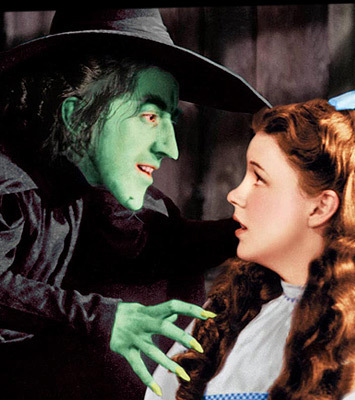Creating Memorable Characters
by Lee Masterson
Before you begin your new story, take a little time to create fresh new characters that are your own. Using someone else’s well-established formula will only brand you as a hack with potential editors.
Think of yourself as the Master Planner — this is your story and only your characters are going to fit in it. Custom build them to suit your unique story-world. If you really must use real people you know, then try to disguise that person’s identity as much as possible.
1) Begin by giving your main character (protagonist) a name that you are comfortable working with. Remember, you’ll be with this character for a while, so you should choose a name you at least like.
The name must not only suit the character, but must also be easy on your intended readers. If you decide the name Xzgytgml is the only name that suits your character, bear in mind that the reader is forced to stop and stumble through the unfamiliar word, which means he is no longer engrossed in your story. Aside from this, you’ll also have to write or type this name every time your character appears.
2) Create a short biography for your new character. You’ll need to decide which physical aspects best suit your protagonist — height, weight, hair and eye color and age. But these alone will not be enough. Consider creating a personality outline as well. Include:
temperament
moral/ethical/religious beliefs
political stance
hobbies
habits
quirks or eccentricities
likes/dislikes
fears or phobias
short and long term goals
hopes and dreams
3) It sometimes helps to scour newspapers, magazines and even the internet to find a picture of someone that fits the character you are creating. Tacking an image onto a corkboard at your workstation with a brief bio beneath it can give you a wonderful visual image to work from.
So now you have a character to work with, but this information is not enough to bring him or her to life. Using the principle that all good stories are about unique, individual complex people, you’ll need to map out a few more points.
When you are creating your character’s personality description, decide what his great strengths are. Give him several strong traits and then add one major glaring weakness. Your character must still be at least likeable, but the glaring weakness must form the underlying tension that drives his behavior.
Now create a staggering problem that preys on that weakness. It must be a difficult or fearsome problem for your character to overcome, so that the story can recount his struggle to turn his weakness into a form of victory at the end. Above all, never let the protagonist know he is going to succeed. That way he can not win unless he surrenders something of inestimable value to himself.
4) Remain with your protagonist’s point of view for as long as possible. If your character doesn’t see it or hear it himself, then the reader shouldn’t either. This builds a sense of empathy within the reader for each piece of information he uncovers through your story.
Remember to describe all five (six?) senses the character encounters. Telling your reader only what he sees and hears is not nearly so evocative as sharing what he tastes and touches and smells.
5) Your protagonist must have a complex set of problems. The primary goal must always be in sight, but giving your character a few obstacles along the way will highlight the character traits you have chosen to help or hinder him.
Secondary characters should only have one fundamental problem to solve. They need not be as in depth as your protagonist, otherwise your plot becomes overly convoluted. Minor characters need not have any problems at all. Think of them as ‘stage-extras’ — they deliver a necessary line or piece of information, but their life history is not relevant.
6) Choose your crisis points. Give your protagonist an agonising decision to make. If he must make a morally wrong choice in order to succeed and survive intact, your protagonist will gain everything he wanted, but the price for this success must be high.
He could lose his (soul/conscience/freedom etc.) However, it must be clear in a scenario like this that choosing the morally right path would only result in his downfall or defeat.
Allowing your protagonist the reversed scenario is easier (choosing a morally correct path), but making the cost a worthwhile challenge is much more difficult.
If he does concur on the side of ‘good over evil’, be sure he is forsaking all he holds dear. He survives the struggle intact, but still must pay the price for making the right choice. Even though he is spared the downfall that threatened originally, he will ultimately lose all that he cherished/believed.
Finally, by the end of your story, your protagonist must have survived an enormous struggle, or moral dilemma, to arrive at the finale having undergone a fundamental change. He may have lost his beliefs, or his conscience. He may even have overcome that glaring weakness you assigned to him when he was created. Whatever the change, it must be noticeable.
When you have all these pieces in place, you’ll have a complex, empathetic character that your readers will remember and hopefully come back for more!


